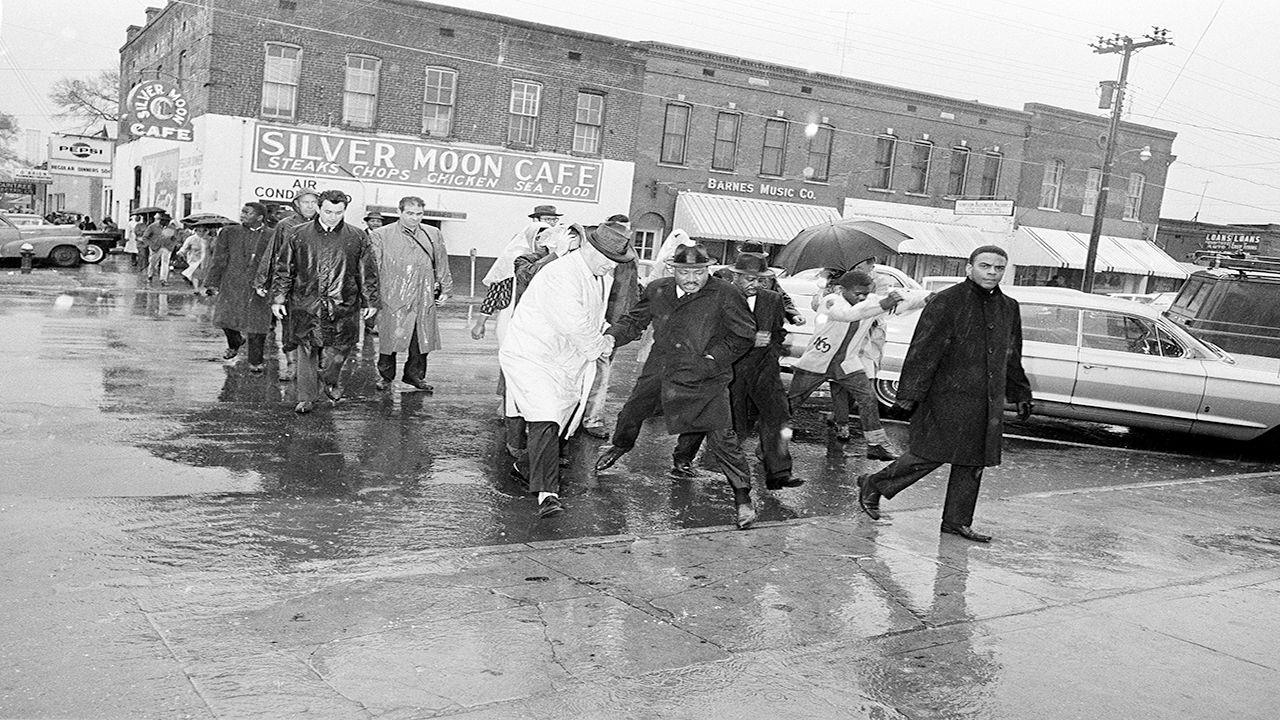During one of the most trying times in America, the Southeast's weather did not help the ongoing battle for justice.
The Civil Rights Act of 1964 was a huge achievement that ended segregation in public places and banned employment discrimination based on race, color, religion and sex.
It helped strengthen the voting rights of African Americans in the South, but even so, many southern states continued to deny African Americans their right to vote.
On Feb. 18, 1965, a peaceful protest for voting rights in Marion, Ala. turned deadly when white segregationists attacked the group. An Alabama state trooper shot an African American protester, Jimmie Lee Jackson.
In response, Martin Luther King Jr. organized a march from Selma to Montgomery in Alabama to shed more light to what was happening to the Black community and help their voting rights.

The event began on March 1, 1965, with a voter registration drive. Pouring rain soaked the supporters and led to ponding on the roadways and sidewalks.
Even these miserable conditions couldn’t stop the movement, as thousands of people prepared for the drive with raincoats, umbrellas and rain boots. This laid the foundation for one of the most important marches during the civil rights movement.
On March 7, the march to Montgomery from Selma began and lasted over two weeks. This was because state troopers and segregationists tried to stop the protesters several times, leading to brief pauses in the march.
On March 15, President Lyndon B. Johnson showed his support for the march, and military personnel led the protesters the rest of the way, finally completing the march on March 25.
After all of their hard work, President Lyndon B. Johnson signed the Voting Rights Act of 1965. It guaranteed the right to vote for all African Americans in every state.
Southern states could no longer use literacy tests to stop African Americans from voting.
The Voting Rights Act of 1965 is one of the greatest pieces of civil rights legislation in American history. It provided another way for the voice of the Black community to be heard.
Our team of meteorologists dives deep into the science of weather and breaks down timely weather data and information. To view more weather and climate stories, check out our weather blogs section.



